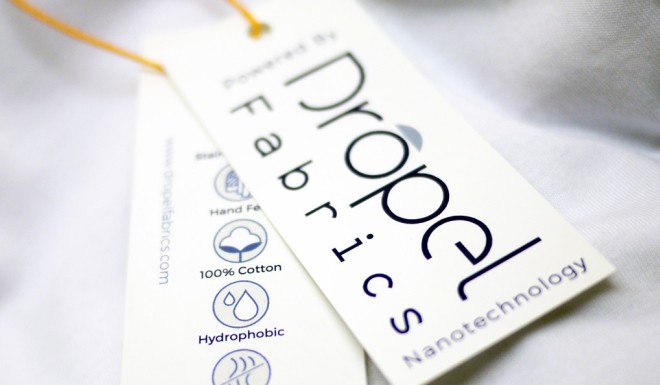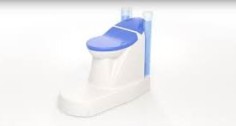
Scientists are flushed with success: sunshine to replace the need to wash clothes, while toilets will no longer need water
Developments in nanotechnology are leading to applications such as wash-free garments, waterless toilets, and new types of medicine
Could clothing that never needs washing really help save the world?
That may seem a stretch, given all the genuine problems the planet and humankind are facing. But you have to start somewhere, and the men and women in lab coats beavering away at nanotechnology seem to think that it’s as good a place as any.
The site notes that mankind “has spent millennia trying to fill these needs”, which it cites as the basics for ensuring our future. If nanotechnological applications pan out in the direction they are headed, it asserts, “we are one step closer to ensuring that future”.
Self-cleaning textiles are being explored at RMIT University in Melbourne, Australia. In this pioneering technology, researchers have been growing nanostructures on cotton fabric which, when exposed to light, release a burst of energy that then degrades organic matter. So a little ray or sunshine – or even a light bulb – could, in effect, clean your clothes for you.
As the scientists explain it, the nanostructure is metal-based, so it can absorb visible light. This creates energy, which is able to degrade organic matter on which it is present [the textile], “so that's how it'll get rid of stains".
Tests on stains have proven promising, say the scientists, with results achieved within between six and 30 minutes of light exposure, depending on the material. The research is now moving on to sweat testing.


Apparently, it involves a “simple process” which encapsulates polymers within the textile fibres, and creates a protective layer. Invisible to the hand and eye, this protective layer does not affect the fabric’s texture, so its softness and construction is maintained. The company says it is exploring partnerships with high-end fashion brands.


Two Mexican industrial designers are working on their own solution for a waterless toilet, this time designed for urban areas. Reasoning that even some apartment dwellers have no access to sewage, their concept turns human waste into greywater which can safely be disposed of down the household drain.
Nanotechnology also has huge potential in the medical field – in particular for fighting global epidemics of viruses such as zika and ebola. Recently, IBM Research and Singapore's Institute of Bioengineering and Nanotechnology identified a breakthrough macromolecule that could help prevent deadly virus infections, and also help prevent viral drug resistance.
According to Dr Yi Yan Yang, group leader, Institute of Bioengineering and Nanotechnology, Singapore, this breakthrough – resulting from work in the field and collaboration with researchers globally – could lead to the development of a new mode of vaccination which could help prevent a whole category of viral infections, a leading cause of morbidity and mortality. The short-term potential could be for applications such as an antiviral wipe or detergent, she adds.
